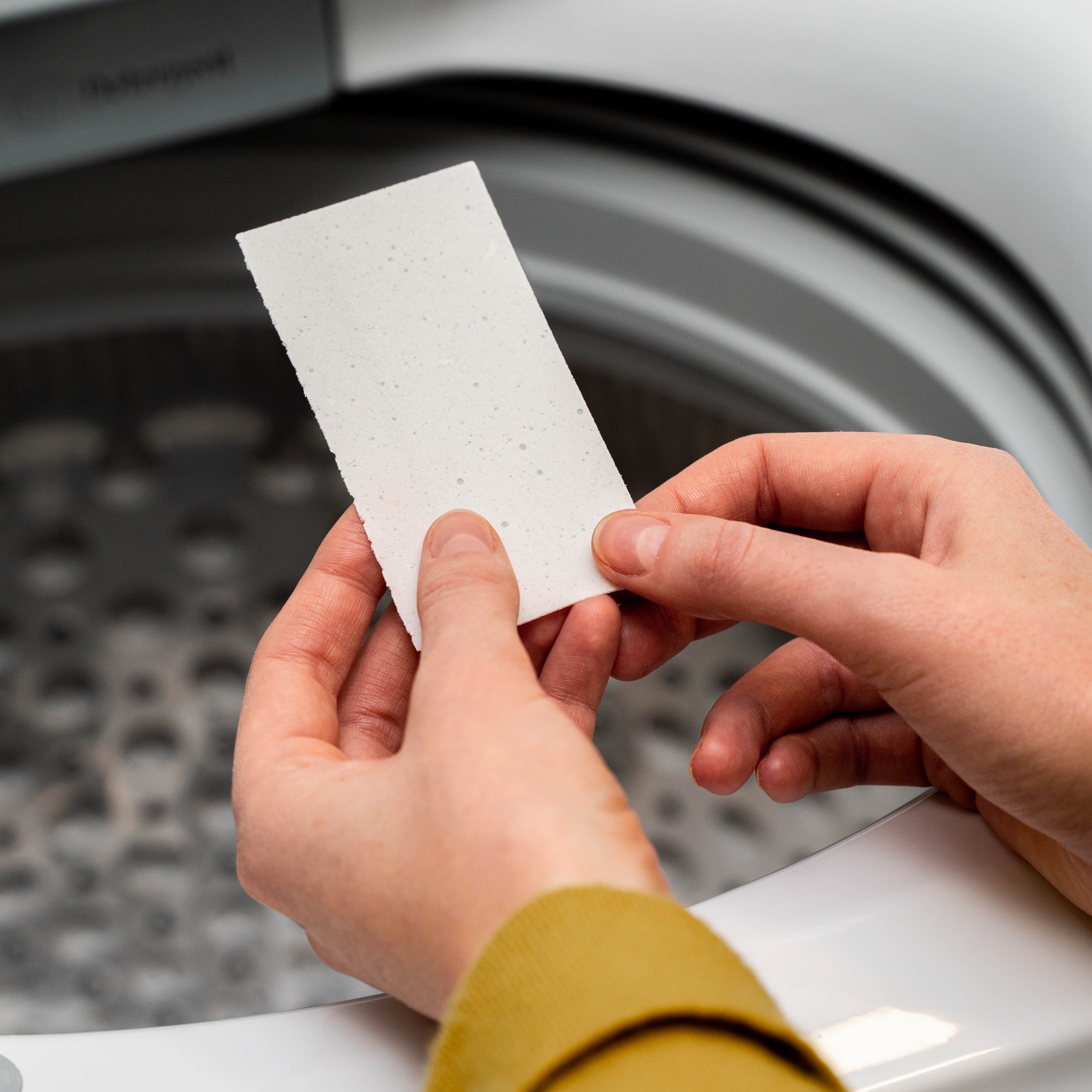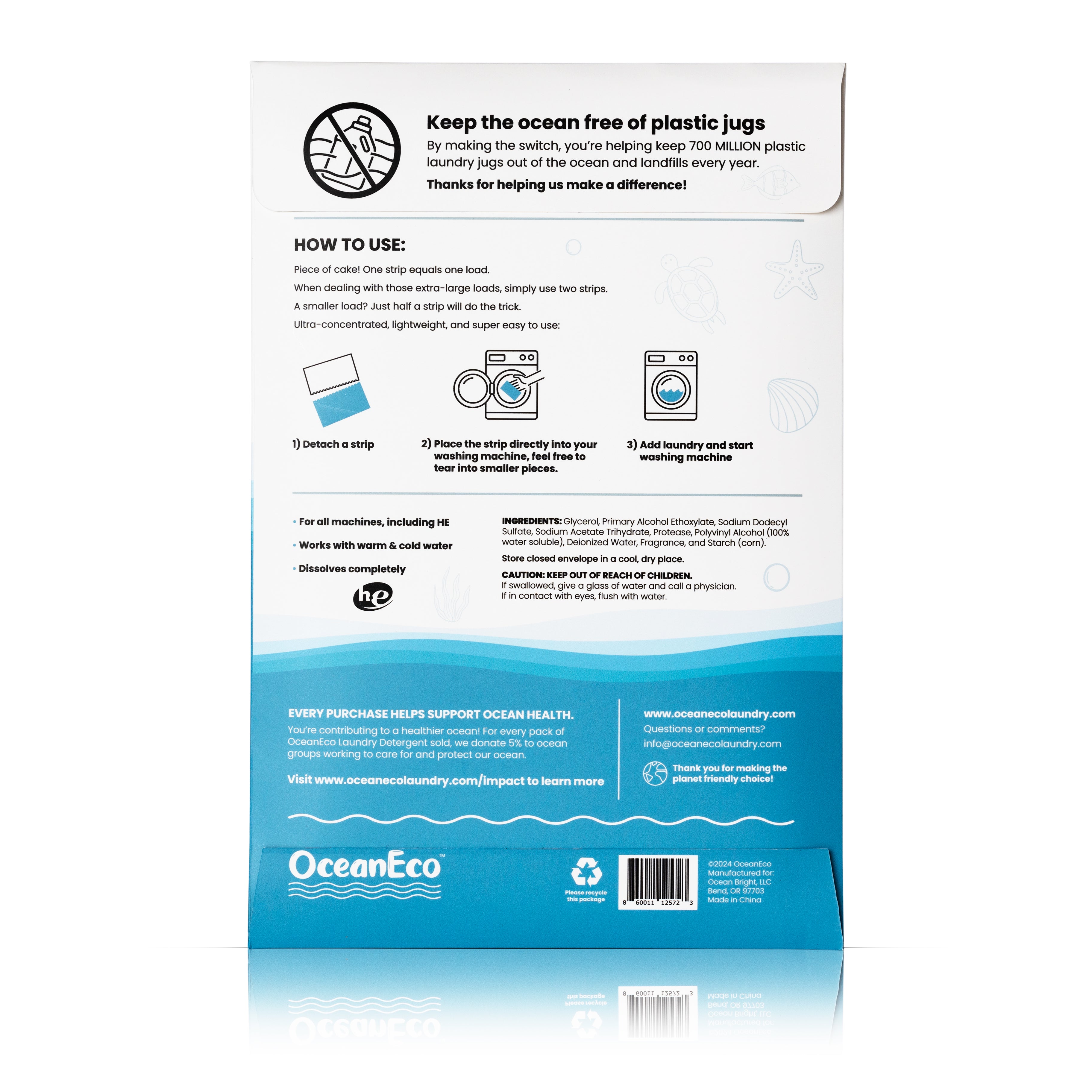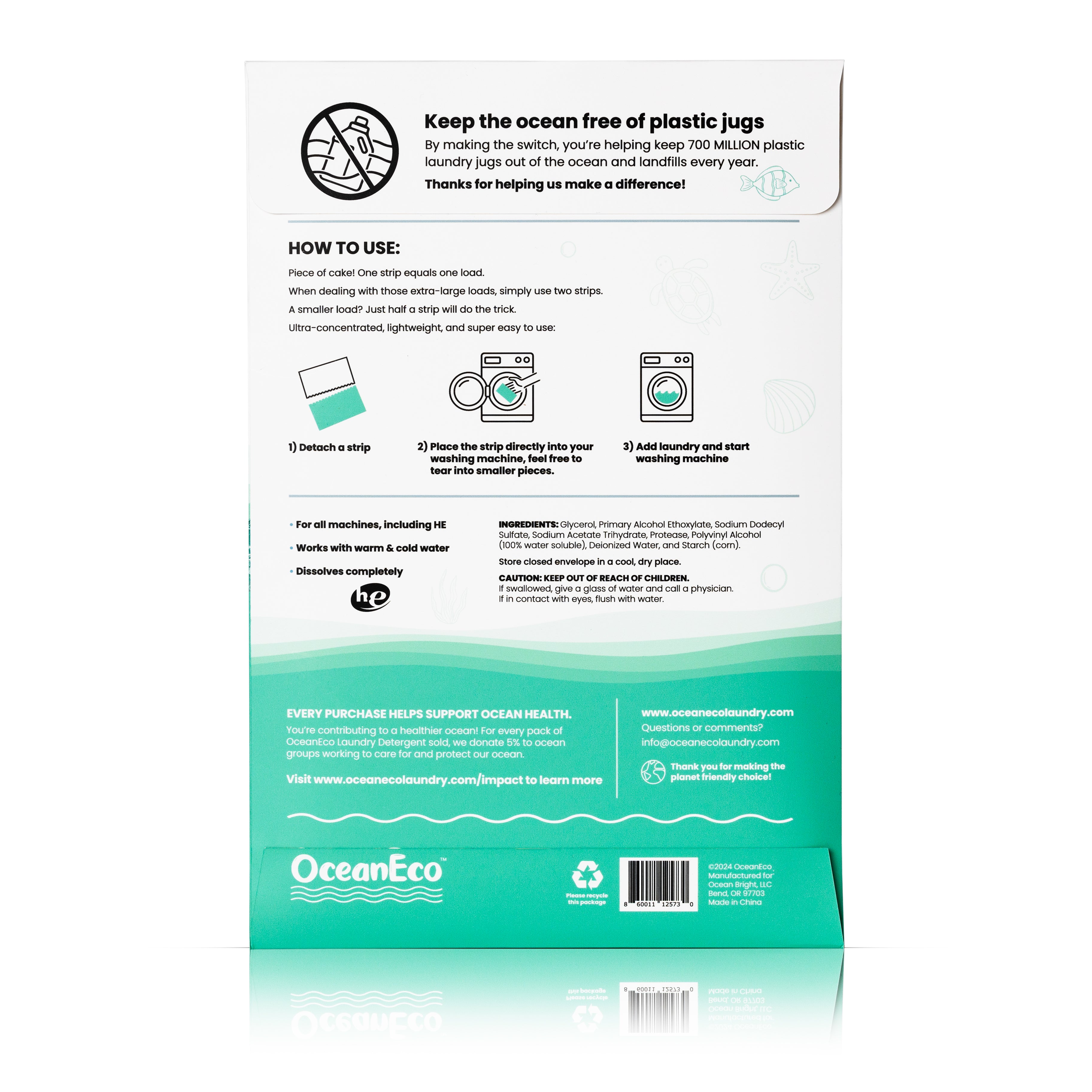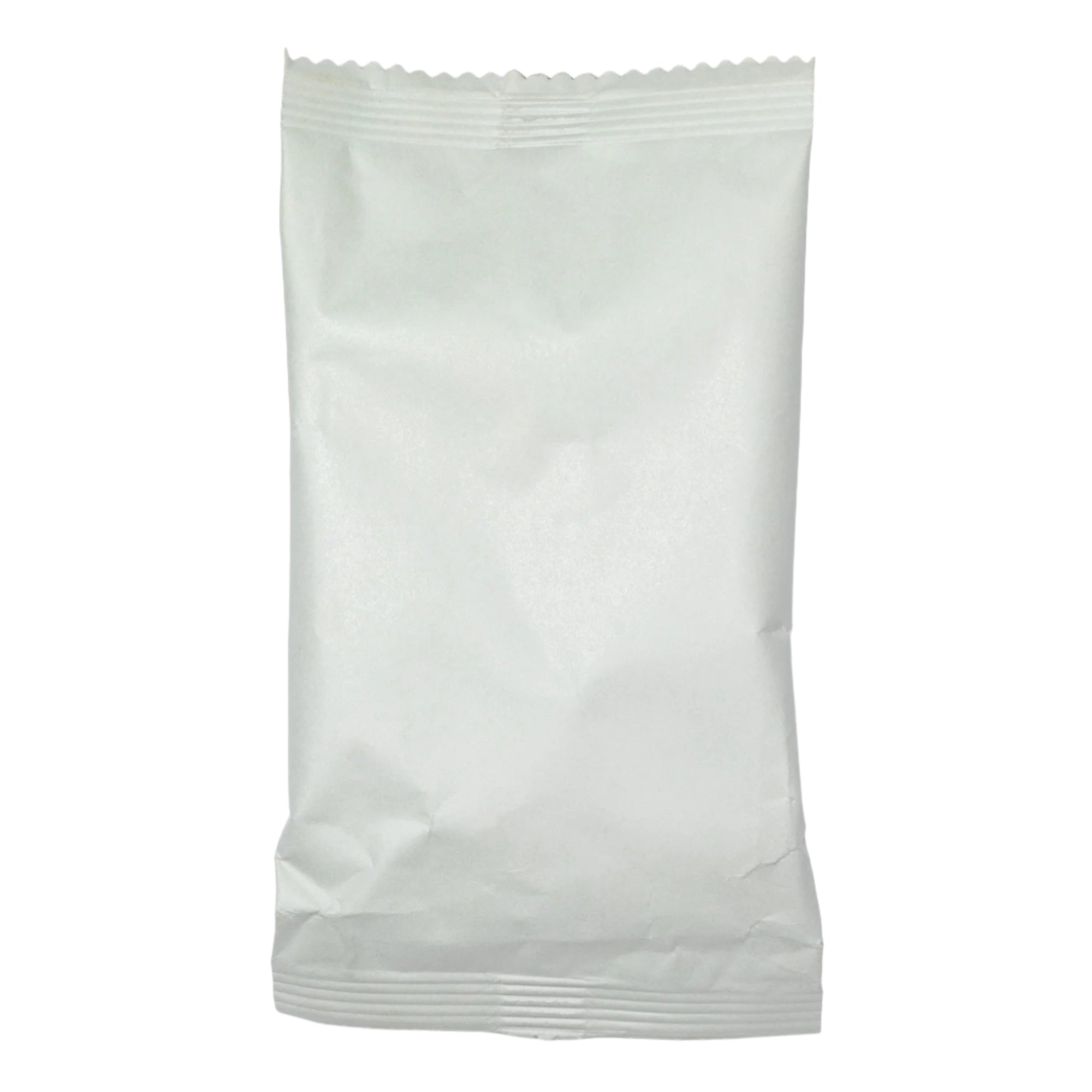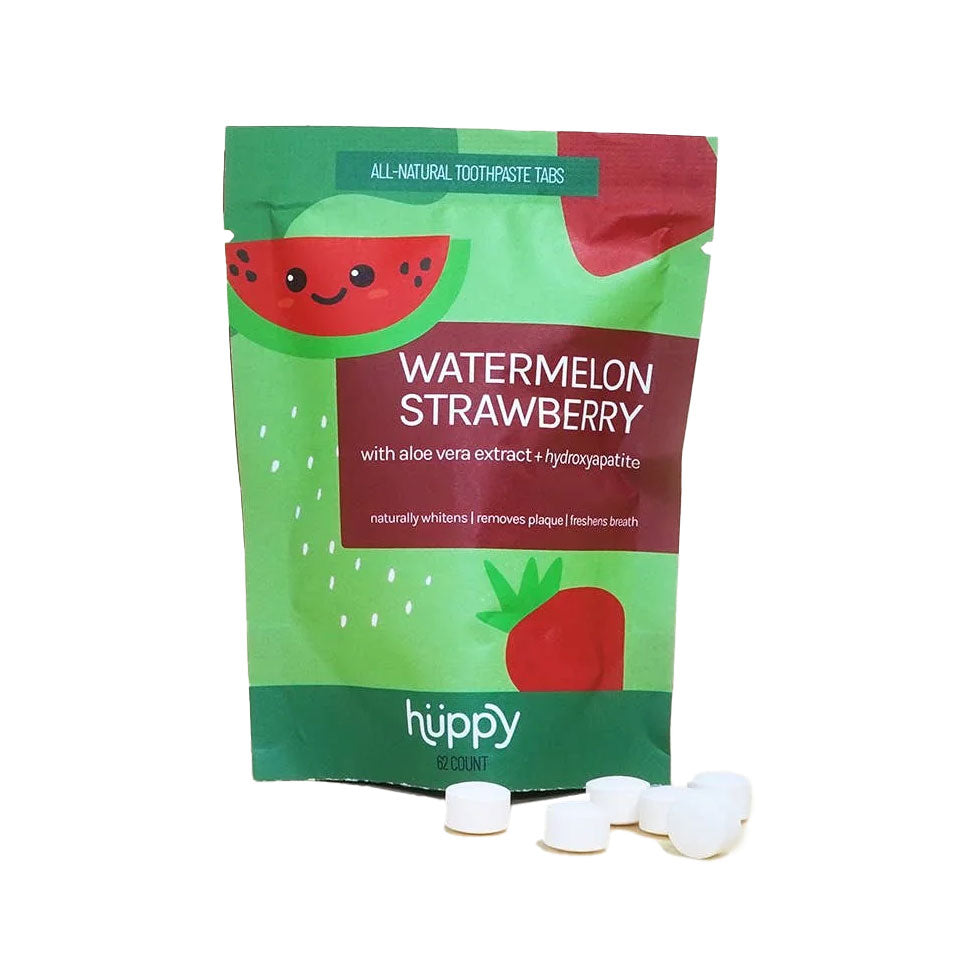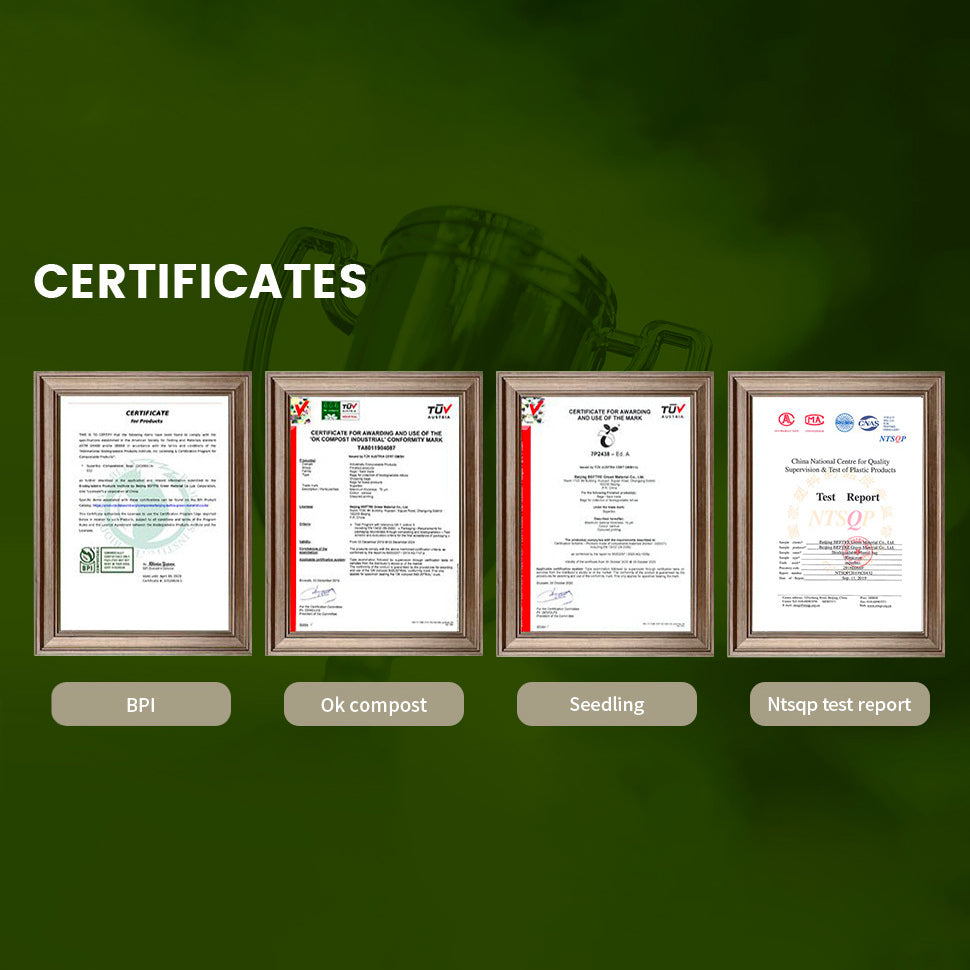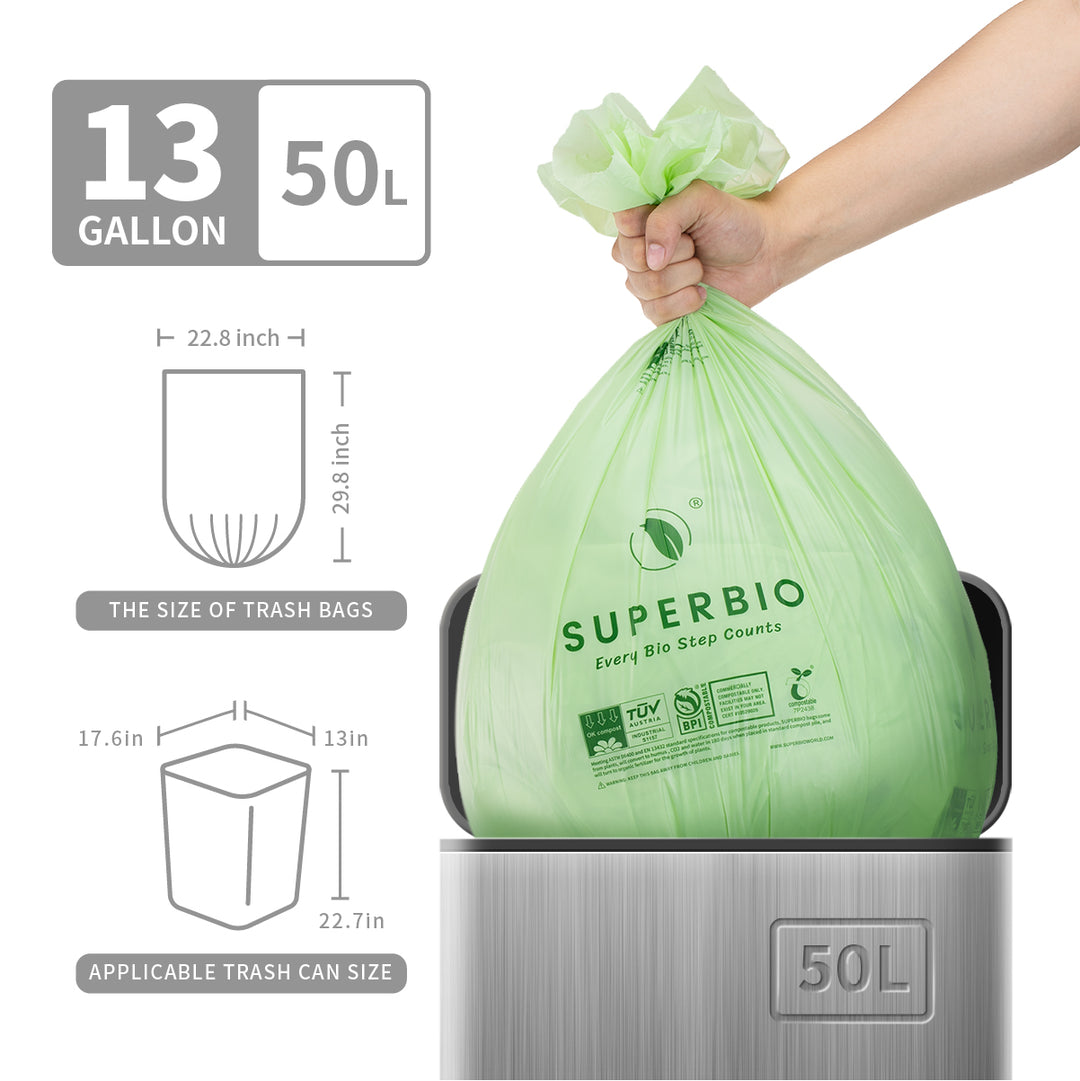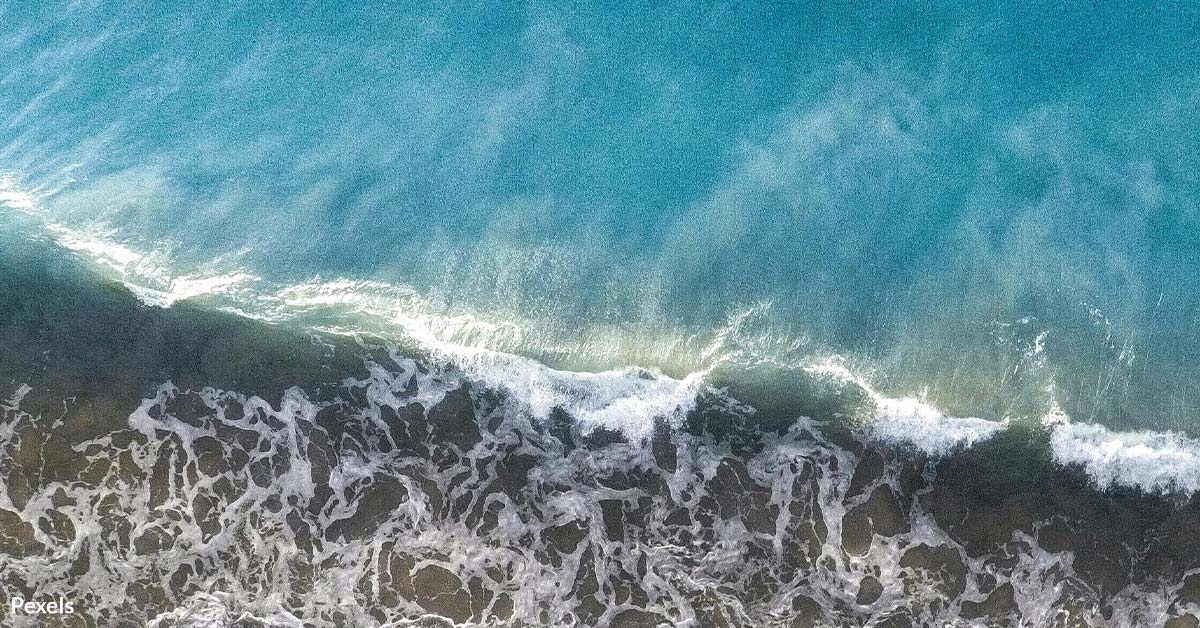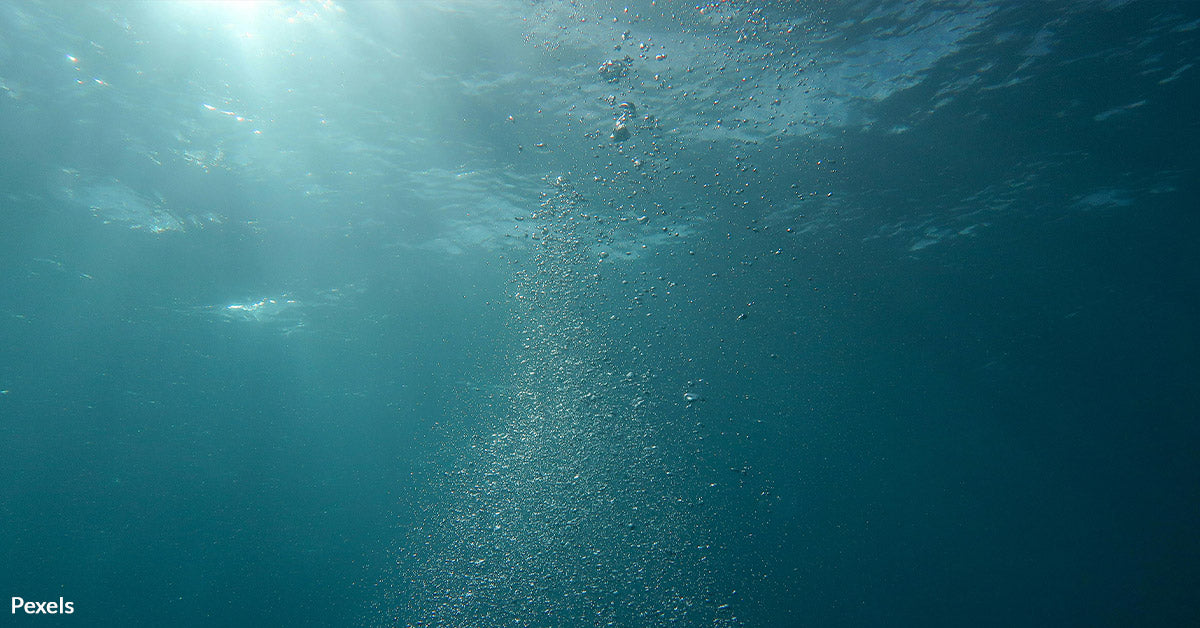Drone Captures Humpback Whale That Lost Fluke In Serious Accident
A humpback whale was recently seen swimming off Washington’s coast without its tail. The sight has stunned marine experts and the public alike. The whale’s condition paints a grim picture of the hazards that marine creatures face.
Reports confirm that the whale lost its fluke—a vital part of its anatomy—likely due to a prolonged entanglement in fishing gear, The News Tribune reports.

Photo: Pexels
A humpback whale was seen without its tail off Washington.
The incident came to light when observers captured the whale with a drone on July 23 near Lopez Island. Initially, the whale appeared healthy. Yet, as it arched its back for a dive, the severe injury became clear. The missing tail, or fluke, was immediately noticeable and raised alarms among researchers, reports Discover Wildlife.

Photo: Pexels
Drone footage documented the whale’s condition.
The Danger of Entanglements
Entanglements in fishing gear pose a constant threat to marine mammals. Experts believe that a tight rope or line can act as a tourniquet around a whale’s tail. This constant pressure cuts off blood flow and eventually leads to tissue death. Similar incidents have occurred before. As The Independent reports, a humpback in the Gulf of Maine also lost its tail after a severe entanglement, ultimately succumbing to its injuries.
The lost fluke was not just a piece of tissue. It is the whale’s engine for swimming, diving, and feeding. Without it, the animal must expend extra energy using its fins, according to Whales.org. This inefficient propulsion system places the whale in a desperate struggle for survival. Marine biologists warn that such an injury can prove fatal in the long run.

Photo: Pexels
The injury drastically reduces the whale’s survival odds.
A Race Against Time
The injured whale, nicknamed “Catalyst” by researchers, has become a symbol of the ongoing challenges in marine conservation. Efforts to rescue or monitor such whales are fraught with difficulties. The vast coastline makes it hard to locate and assist injured animals promptly. As FOX13 Seattle reports, without its flukes, the whale’s ability to migrate, feed, and navigate its habitat is severely compromised. Experts fear that its chances for survival are slim.
This case adds to a growing list of incidents where marine life has suffered due to human activities. Entanglements are not rare. Many humpbacks and other species encounter fishing gear, nets, and lines while moving through their natural habitat. While some whales manage to break free, others are left with life-altering injuries. The current case stands as a stark reminder of the need for safer fishing practices and increased awareness among communities living near marine environments.
Looking Ahead: Preventing Future Tragedies
Scientists and conservationists advocate for immediate changes in the use of fishing gear. New technologies, such as on-demand or ropeless fishing gear, show promise. These methods aim to reduce the risk of entanglement by eliminating the static vertical lines that often ensnare marine mammals. Fishermen, engineers, and scientists are working together to make these innovations a reality. As Whales.org reports, the hope is to minimize incidents like this one in the future.
Local organizations also stress the importance of reporting sightings of entangled marine mammals. Authorities urge anyone who spots a distressed animal to call the West Coast Marine Mammal Stranding Network immediately. Increased vigilance can help responders act faster and possibly save more lives.
Marine life depends on careful stewardship by both the fishing industry and the community. Only with improved practices and public awareness can future tragedies be prevented.
































































































































































































